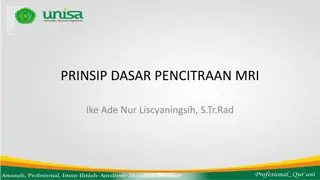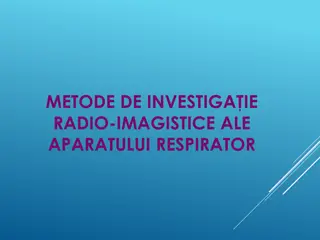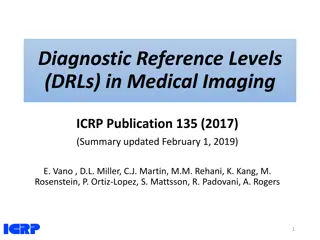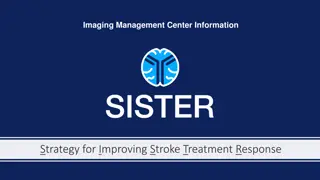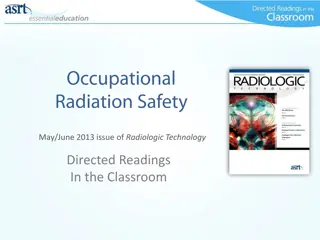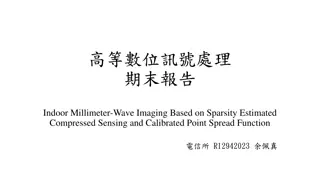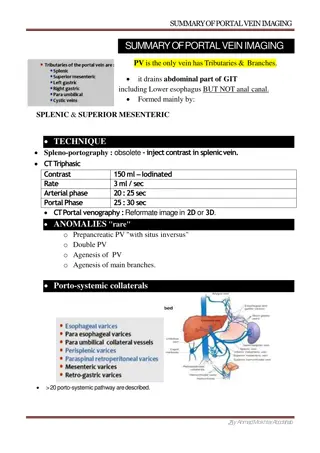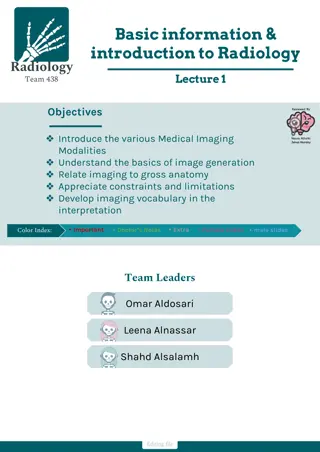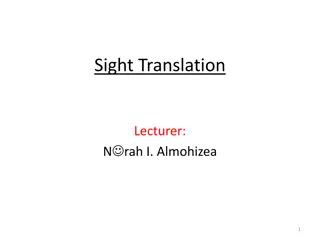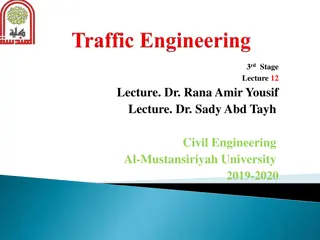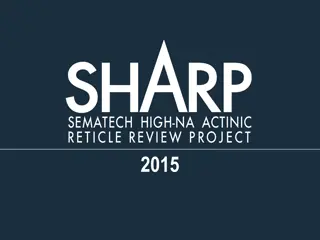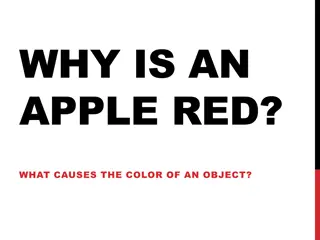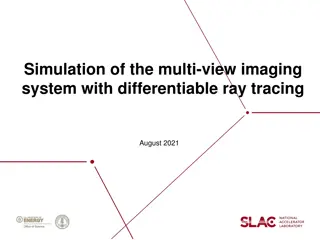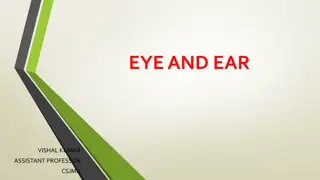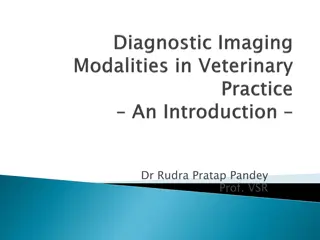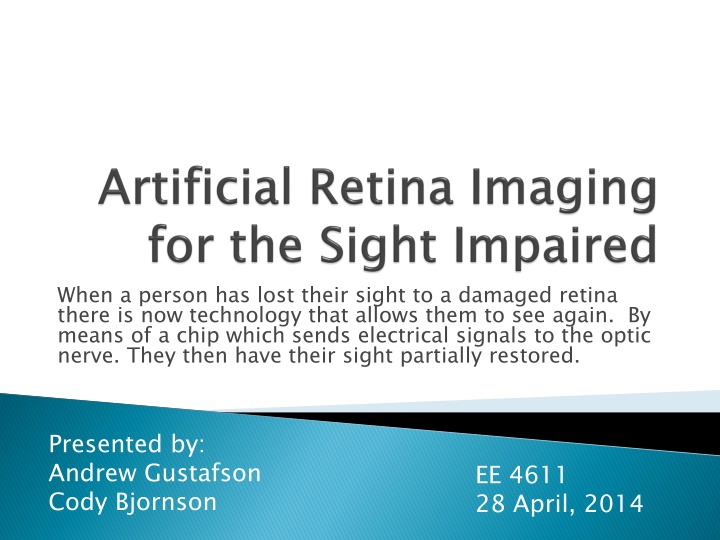
Revolutionizing Vision Restoration Through Retinal Technology
Discover how cutting-edge retinal technology is transforming lives by restoring sight to those with damaged retinas. Explore the innovative solutions like the Argus retinal prosthesis system and Bio-Retina, offering hope and improved vision for individuals with various eye conditions leading to blindness.
Download Presentation

Please find below an Image/Link to download the presentation.
The content on the website is provided AS IS for your information and personal use only. It may not be sold, licensed, or shared on other websites without obtaining consent from the author. If you encounter any issues during the download, it is possible that the publisher has removed the file from their server.
You are allowed to download the files provided on this website for personal or commercial use, subject to the condition that they are used lawfully. All files are the property of their respective owners.
The content on the website is provided AS IS for your information and personal use only. It may not be sold, licensed, or shared on other websites without obtaining consent from the author.
E N D
Presentation Transcript
When a person has lost their sight to a damaged retina there is now technology that allows them to see again. By means of a chip which sends electrical signals to the optic nerve. They then have their sight partially restored. Presented by: Andrew Gustafson Cody Bjornson EE 4611 28 April, 2014
How the eye works Blindness Argus Bio-retina Other Solutions Summary Key Concepts
Light enters through Cornea Lens Adjusts Photoreceptors Cones Rods Electrical Impulse Optic Nerve Brain interprets
Cataracts cloudy lens Glaucoma fluid buildup Macular Degeneration damage to cones Diabetic Retinopathy damage to blood vessels of retina Retina loss of peripheral Macular Degeneration Diabetic Retinopathy Retina Pigmentosa Pigmentosa
Argus Retinal Prosthesis System Developed by Second Sight Inc. Company launched in 1998 Robert Greenberg Hired Engineers fresh out of school Argus I 2002 4x4 electrodes
Argus II Developed 2006 Approved 2011 European Union FDA Approved August 2013 1mm x 1mm 6x10 electrodes Black and White 20/1260 vision Next step 256 electrode
How it works Camera->VPU->Antenna ->Receiver->Electrode ->Optic Nerve->Brain
Pros FDA Approved Upgradable external Hardware Software Updates Cons Turn head to move camera External Equipment 20/1260 vision 20 degree max line of sight
Bio-Retina Functional Level Artificial Retina Developed by Nano-Retina Founded in 2009 Based in Israel Procedure costs $60,000 and 30 minutes
Utilizes a 3 x 4 mm integrated circuit Photodetectors Microelectrodes Microelectronic circuitry 24 x 24 resolution image 576 pixels and electrodes Powered using a single photovoltaic cell Produces 3 mW IR beam is shot at the cell
How it works Identical to regular process Computer does the work Glasses charge the implant
Pros Less expensive Short procedure Local anesthetic Better resolution Minimalistic Regular field of view Cons Upgrading Not yet in clinical trials T-800
Stem Cells Gene Therapy Drug Therapy
How the eye works Blindness Argus Bio-retina Other Solutions
Anthony, Sebastian. "The laser-powered bionic eye that gives 576-pixel grayscale vision to the blind."ExtremeTech.com. Ziff Davis, LLC, 12 July 2012. Web. 24 Apr. 2014. <http://www.extremetech.com/extreme/132918-the-laser-powered-bionic- "How the Artificial Retina Works." Artificial Retina Project. N.p., 8 Jan. 2008. Web. 25 Apr. 2014. <http://artificialretina.energy.gov/howartificialretinaworks.shtml>. "How Your Eyes Work." How Your Eyes Work. American Optometric Association, n.d. Web. 25 Apr. 2014. <http://www.aoa.org/patients-and-public/resources-for- "Mission." Second Sight. N.p., n.d. Web. 25 Apr. 2014. <http://2-sight.eu/en/home- "Leading Causes of Blindness." NIH MedlinePlus 3 (): 14-15. Print. Puiu, Tibi. "Argus 2 bionic eye implant to receive firmware update." ZME Science. N.p., 8 Aug. 2013. Web. 25 Apr. 2014. <http://www.zmescience.com/medicine/bionic- Strick, Eliza. "How Would You Like Your Bionic Vision?." IEEE Spectrum. N.p., 13 Jan. 2013. Web. 25 Apr. 2014. <http://spectrum.ieee.org/tech- "What is Retinitis Pigmentosa." Foundation Fighting Blindess. N.p., n.d. Web. . <http://www.blindness.org/index.php?option=com_content&id=50&Itemid=67>. White, Ronald. "Bionic eye maker has vision of the future." LAtimes. N.p., 27 Apr. 2013. Web. 25 Apr. 2014. <http://2-sight.eu/images/stories/2- eye-that-gives-576-pixel-grayscale-vision-to-the-blind>. teachers/how-your-eyes-work>. en>. eye-argus-2-update-04232/#!FOWAR>. talk/biomedical/bionics/how-would-you-like-your-bionic-vision>. sight/pdf/20130427_latimes_bionic_eye.pdf>.
Eye works by taking in light and using light- sensitive cells to turn light into electrical impulses Argus uses an external camera to produce a picture which is transmitted to the eye wirelessly Argus is powered through the same antenna Bio-Retina implant uses natural process to produce sight Battery powered glasses charge the voltaic cell of the Bio-Retina


